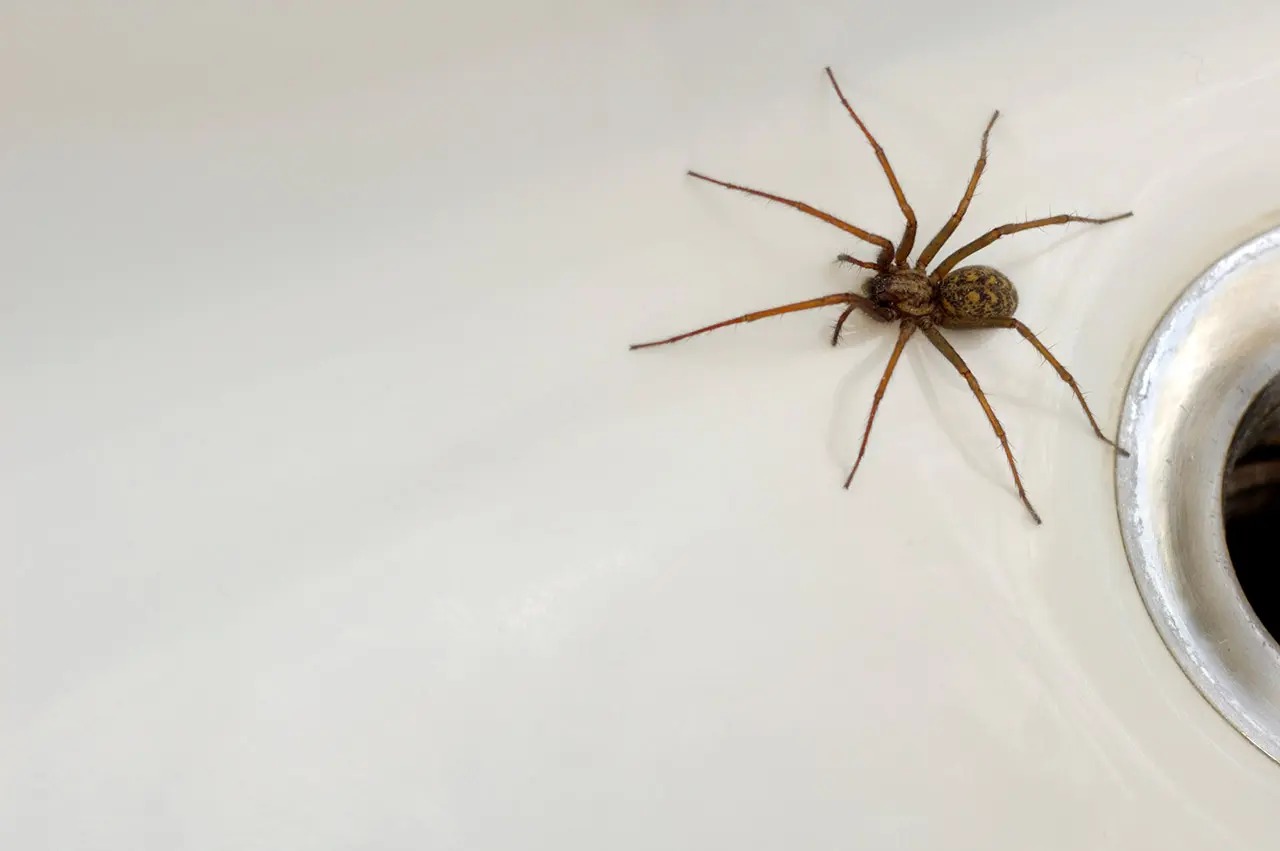
American House Spiders, also known as Parasteatoda tepidariorum, are one of the most commonly encountered spiders in North America. Despite their small size, they have a wide range and can be found in homes, gardens, and other structures throughout the United States and Canada.
These eight-legged creatures often invoke fear and disgust in people, but there is more to them than meets the eye. In fact, American House Spiders play an essential role in controlling populations of other insects, making them valuable allies in our homes.
From their impressive silk-spinning abilities to their unique mating rituals, these arachnids have several intriguing features that are worth exploring. In this article, we will uncover 15 mind-blowing facts about American House Spiders that will change the way you perceive these creatures. So brace yourself and get ready to dive into the fascinating world of these tiny yet fascinating spiders!
Key Takeaways:
- American house spiders are small, nocturnal creatures that help control insect populations. Their webs are strong, and they are not aggressive towards humans. Keeping a clean home can prevent infestations.
- Male American house spiders perform intricate courtship rituals, and spiderlings use ballooning to disperse. Their venom is not harmful to humans, and they play a crucial role in maintaining a balanced ecosystem.
The American house spider is commonly found in North America.
The American house spider, scientifically known as Parasteatoda tepidariorum, is a species native to North America. It is often encountered in homes and buildings across the continent.
American house spiders are known for their distinctive web-building abilities.
One of the most fascinating features of the American house spider is its exceptional skill in constructing intricate webs. These spiders meticulously weave their webs to capture prey and create a safe environment for themselves.
They are nocturnal creatures.
American house spiders are primarily active during the night. They spend their days hiding in dark corners, cracks, and crevices, and emerge at night to hunt for insects.
American house spiders are relatively small in size.
Compared to some other spider species, American house spiders are relatively small. They typically measure between 4 to 9 mm in body length, with females being slightly larger than males.
The venom of American house spiders is not harmful to humans.
Although American house spiders possess venom, it is generally not potent enough to pose a significant threat to humans. Their venom is designed to immobilize small insects that they prey upon.
American house spiders play a crucial role in controlling insect populations.
These spiders are natural predators and help in keeping the populations of insects like flies, mosquitoes, and other pests in check. By capturing and consuming these insects, they contribute to maintaining a balanced ecosystem.
American house spiders have a lifespan of 1 to 2 years.
The average lifespan of an American house spider is relatively short, ranging from 1 to 2 years. During this time, they go through several molting stages as they grow and develop.
Female American house spiders can produce multiple egg sacs in their lifetime.
A single female American house spider can produce several egg sacs throughout her lifespan, each containing numerous eggs. These sacs are carefully guarded by the female until the spiderlings hatch.
American house spiders use vibrations to detect prey.
These spiders have specialized hairs on their legs that can sense vibrations. They use these vibrations to detect the presence of potential prey, allowing them to react quickly and capture their meals.
Male American house spiders perform elaborate courtship rituals.
In order to mate with a female, male American house spiders engage in intricate courtship rituals. These rituals involve intricate web patterns and carefully coordinated movements that help in attracting a mate.
American house spiders undergo a process called ballooning to disperse.
Young American house spiders, also known as spiderlings, use a method called ballooning to disperse and find new territories. They release silk threads into the air, which catch the wind and carry them to new locations.
American house spiders are not aggressive towards humans.
Despite their intimidating appearance, American house spiders are generally not aggressive towards humans. They prefer to retreat and hide rather than confront potential threats.
American house spiders can live in various habitats.
These spiders are highly adaptable and can thrive in a wide range of environments. They can be found in homes, gardens, forests, and even in urban areas.
American house spider webs are resistant to damage.
The webs created by American house spiders are remarkably strong and durable. They are designed to withstand disturbances and remain intact even when subjected to vibrations.
There are effective methods to prevent American house spider infestations.
If you want to avoid encountering American house spiders in your home, there are some preventative measures you can take. Regularly cleaning and decluttering your living spaces, sealing gaps and cracks, and reducing insect populations can significantly reduce the likelihood of infestations.
Conclusion
The American House Spider is a fascinating creature that plays an important role in our ecosystem. From its ability to spin intricate webs to its impressive hunting techniques, there is so much to learn about this small arachnid. Whether you find them intriguing or unsettling, there’s no denying the mind-blowing facts surrounding these spiders. So, the next time you come across an American House Spider, take a moment to appreciate its impressive skills and intricate beauty.
FAQs
Q: Are American House Spiders dangerous?
A: Although American House Spiders possess venom, they rarely bite humans and their venom is not considered harmful or lethal.
Q: How can I prevent American House Spiders from entering my home?
A: To minimize spider presence, keep your home clean and free of clutter, seal any cracks or openings, use screens on windows and doors, and reduce outdoor lighting as spiders are attracted to bugs that may be drawn to the light.
Q: What do American House Spiders eat?
A: American House Spiders primarily feed on insects like mosquitoes, flies, and small bugs that get caught in their webs.
Q: Where do American House Spiders usually build their webs?
A: American House Spiders tend to build their webs in dark, undisturbed areas such as basements, attics, and corners of rooms.
Q: How long do American House Spiders typically live?
A: The average lifespan of an American House Spider is about 1 to 2 years, but some individuals have been known to live for several years.
After learning about the American house spider, your curiosity might be piqued to explore more eight-legged wonders. Why not delve into the intriguing world of the Southern house spider? This close relative shares many similarities with its American counterpart but also boasts unique characteristics and behaviors that will leave you amazed. From their hunting techniques to their role in household ecosystems, the Southern house spider is sure to captivate your interest. So, keep your enthusiasm for arachnids alive and satisfy your thirst for knowledge by reading on!
Was this page helpful?
Our commitment to delivering trustworthy and engaging content is at the heart of what we do. Each fact on our site is contributed by real users like you, bringing a wealth of diverse insights and information. To ensure the highest standards of accuracy and reliability, our dedicated editors meticulously review each submission. This process guarantees that the facts we share are not only fascinating but also credible. Trust in our commitment to quality and authenticity as you explore and learn with us.


